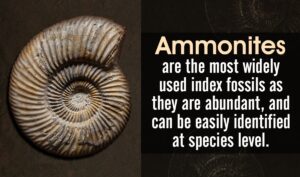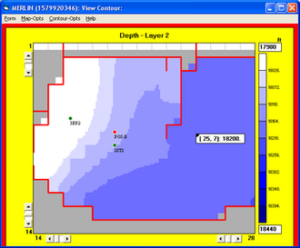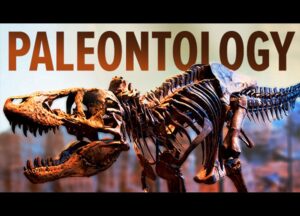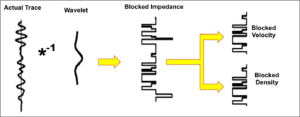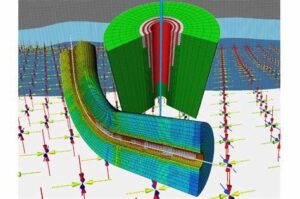Consulting Division
The best of us for the best of you
Business Plans Preparation
A good business plan guides you through each stage of starting and managing your business. You’ll use your business plan as a roadmap for how to structure, run, and grow your new business. It’s a way to think through the key elements of your business.
Business plans can help you get funding or bring on new business partners. Investors want to feel confident they’ll see a return on their investment. Your business plan is the tool you’ll use to convince people that working with you — or investing in your company — is a smart choice.
Administration and Accounting
Administrative accounting, a subset of managerial accounting, involves a formal methodology for gathering, reporting, and evaluating financial data that deals with management planning and control. Administrative accounting duties are often carried out by an administrative accountant who is an employee of the company.
Audit control
Audit Test of controls is a type of audit examination on the internal control of an entity after they performed an understanding of internal control over financial reporting. Those internal controls mainly related to internal control over financial reporting.
Market study
Market research allows a company to discover the target market and get opinions and other feedback from consumers about their interest in the product or service. This type of research can be conducted in-house, by the company itself, or by a third-party company that specializes in market research.
Geology & Geophysics
Geology and Geophysics majors study the internal structure, materials, chemical and physical processes, and the biological and physical history of the earth.
Reservoir Engineering
Reservoir engineering is a branch of petroleum engineering that applies scientific principles to the fluid flow through porous medium during the development and production of oil and gas reservoirs so as to obtain a high economic recovery.
Reservoir Simulation
Reservoir simulation is an area of reservoir engineering in which computer models are used to predict the flow of fluids (typically, oil, water, and gas) through porous media.
Under the model in the broad scientific sense of the word, they understand a real or mentally created structure that reproduces or reflects the object being studied. The name of the model comes from the Latin word modulus, which means “measure, pattern”.
Seismic processing
Seismic processing attempts to enhance the signal to noise ratio of the seismic section and remove the artifacts in the signal that were caused by the seismic method. The end result should be a more interpretable section. The process has some very subjective elements.
QC Seismic Acquisition
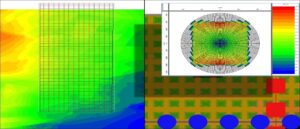
We has built an experienced team of Seismic Acquisition Quality Control experts for both land and marine seismic surveys. Our objective is to work closely with our clients to provide a high level of field expertise and continuity of service. Our personnel have a broad range of international experience working on most continents and in many marine basins.
Bio Stratigraphy
